In this blog, we’ll separate fact from fiction through a comprehensive look at AME course myths and facts so you can make an informed decision.
Choosing a career path after your 12th PCM can feel overwhelming, especially when you hear conflicting opinions and myths about aircraft maintenance engineering circulating online. Is AME really a good career choice? What does an AME course in India actually involve? In this blog, we'll separate fact from fiction through a comprehensive look at AME course myths and facts, so you can make an informed decision. Whether you're researching DGCA approved AME colleges in India or curious about the scope of aircraft maintenance engineering in India, this guide will help dispel common myths about AME and shine a light on real opportunities.
"AME Is Just Grease and Wrenching"
The Myth: Many believe that an Aircraft Maintenance Engineer only spends days covered in oil, tightening bolts under wings.
The Fact: Modern aircraft are highly sophisticated machines with composite materials, digital avionics, and complex propulsion systems. AMEs perform precision diagnostics, use computerised troubleshooting tools, and follow rigorous safety protocols. Your daily tasks range from calibrating avionics instruments to managing maintenance software, far beyond simple "grease and wrenching."
“AME Course Salary Myths - Low Pay and No Growth”
The Myth: You often hear that an AME earns barely enough to cover living expenses, with little salary growth.
The Fact: Underestimating compensation is one of the biggest AME course salary myths. With DGCA Part 66 licenses, additional ratings and hands on experience, mid-level engineers can command INR 12 to 18 lakhs and more. Senior roles or international postings often exceed INR 25 lakhs annually. Entry level AMEs can expect starting packages between INR 6 to 10 lakhs per annum. Factor in overseas detachments and remuneration can soar further.
"Is AME a Good Career Option? It's Too Niche"
The Myth: Students worry that AME is too specialised, limiting future prospects outside aviation.
The Fact: Far from being pigeonholed, AME skills transfer across aerospace manufacturing, defence, unmanned aerial vehicles (UAVs), and even emerging sectors like electric vertical take off and landing (eVTOL) vehicles. The scope of aircraft maintenance engineering in India is expanding as the country aims to become the world's third largest aviation market by 2027. This diversification makes AME not just a good career option, but a springboard into cutting edge fields.
"Academic Theory Over Practical Experience"
The Myth: Some believe AME courses focus heavily on classroom theory, with little real world exposure.
The Fact: Accredited programs, especially DGCA approved AME colleges in India, mandate extensive hands on training. You'll work on real aircraft, engines, and avionics rigs in licensed maintenance workshops. Many institutes, like Sha Shib Aviation Academy, also partner with airlines and MROs for live internships. This blend of theory and practice ensures you graduate fully job ready.
"Only Mechanical Knowledge Required"
The Myth: People think you just need mechanical know how; electronics and software are irrelevant.
The Fact: Today's aircraft heavily rely on digital avionics, fly by wire systems, and integrated health monitoring software. During an AME course in India, you'll master electrical wiring diagrams, fault isolation software, and data analysis tools. A well rounded AME is part mechanical expert, part electronics technician, and part data analyst.
"All AME Institutes Are the Same"
The Myth: Any institute offering an AME curriculum will provide equal training and placements.
The Fact: Quality varies drastically. Only DGCA approved AME colleges in India meet the strict CAR 147(Basic) standards for infrastructure, faculty, and equipment. Institutes without approval often lack authentic aircraft hangars, licensed trainers, or proper maintenance workshops. When researching, verify the DGCA's official list and compare placement records; true leaders like Sha Shib Aviation Academy boast over 90% placement within three months of graduation.
"No Room for Career Advancement"
The Myth: Some say once you're an AME, growth plateaus, there's no leadership or management path.
The Fact: The career myths in aviation industry often ignore long term trajectories. Licensed AMEs can progress to supervisory roles, Quality Assurance Inspectors, Base Maintenance Managers, or even corporate safety officers. Some pursue design and certification careers, liaising with regulatory bodies like DGCA, EASA, or FAA. Continuous upskilling, such as obtaining type ratings on new aircraft, is the gateway to senior leadership.
"AME Course Myths and Facts: Licensing Is Impossible"
The Myth: Prospective students worry that passing DGCA exams is a herculean task few achieve.
The Fact: While DGCA's Part 66 exams maintain high standards, accredited institutes providededicated exam-prep sessions, mock tests, and mentorship. Passing rates at top AME Institutes in India often exceed 80%. With focused study and guidance, most students clear all modules on their first attempt.
Separating Fact from Fiction
Navigating through the myths about Aircraft Maintenance Engineering can be challenging, but understanding the truth will set you on a path to success. An AME course in India, especially at a DGCA approved AME college, combines rigorous academics with real world practice, delivers strong placement records, and opens doors to a globally recognised profession.
If you've ever asked, "is AME a good career option?", the answer is a resounding yes. The expanding scope of aircraft maintenance engineering in India, competitive salaries, and clear advancement pathways make AME one of the best career options for 12th PCM students passionate about aviation.
Ready to launch your aviation journey? Explore Sha Shib Aviation Academy's accredited programs and discover how we turn AME myths and misconceptions into facts you can build a thriving career upon.


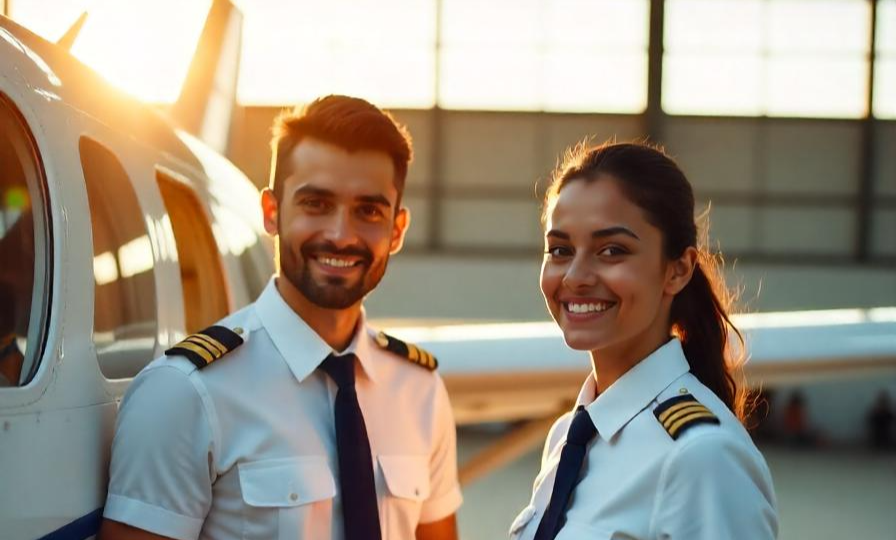
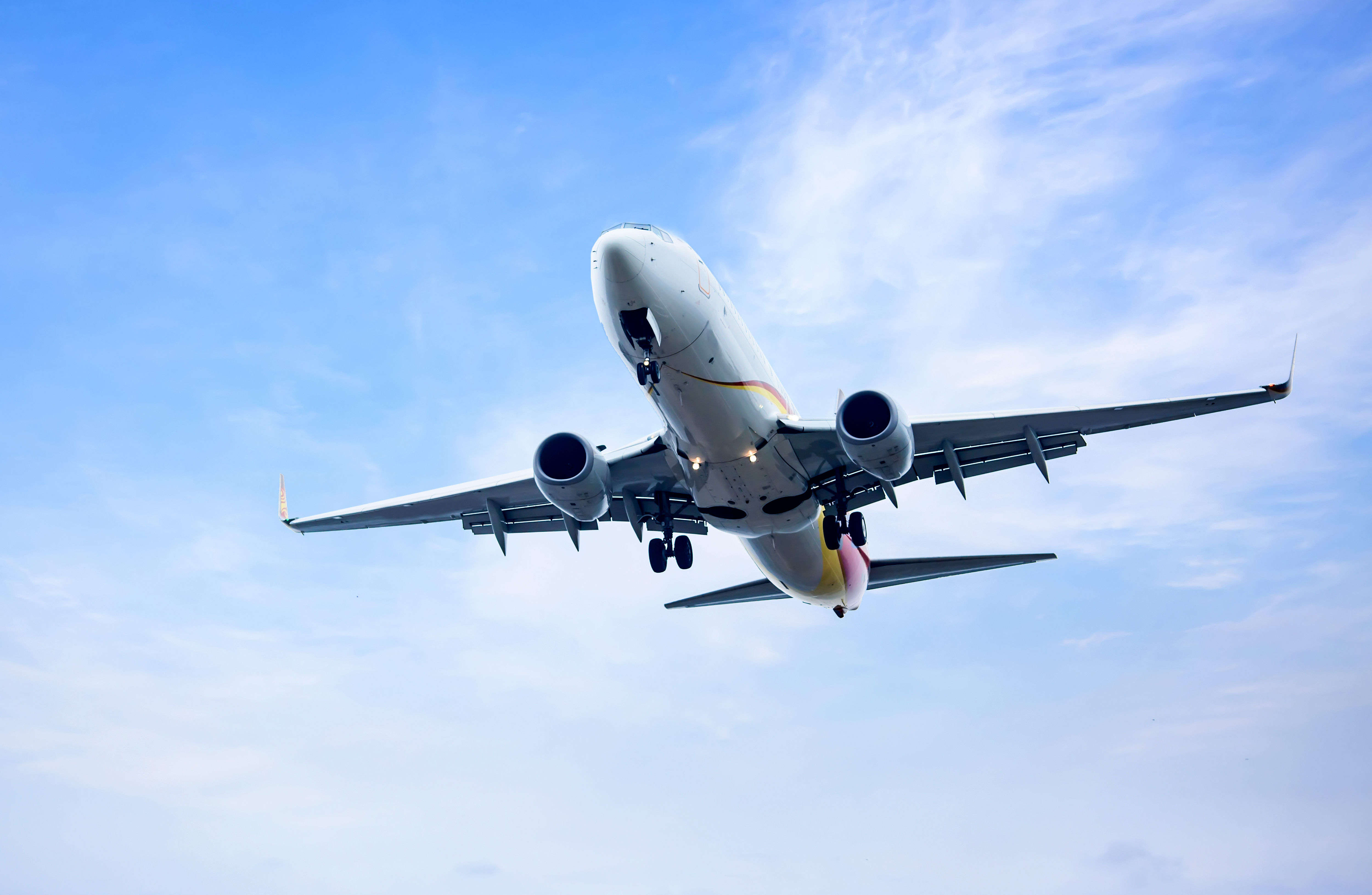
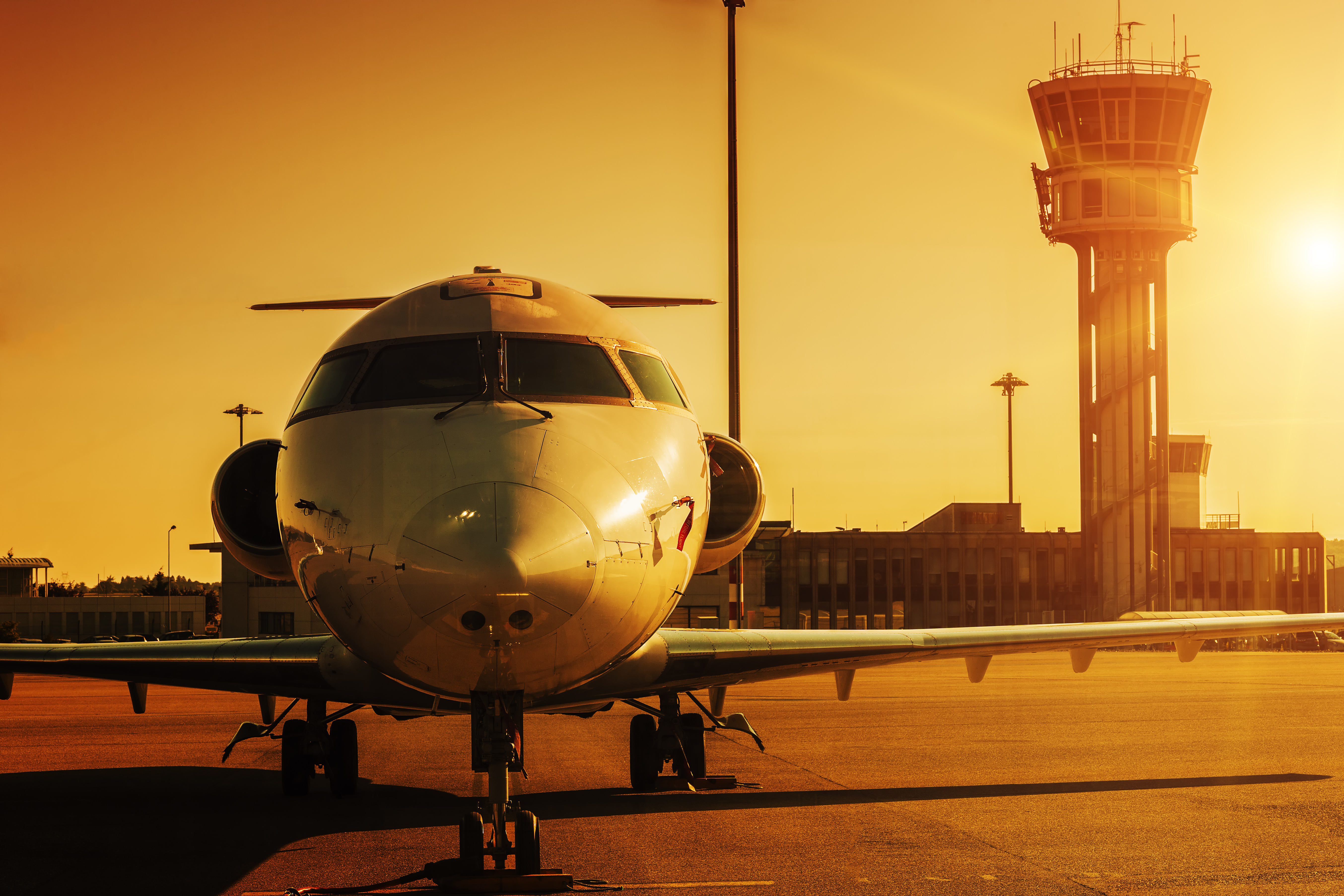
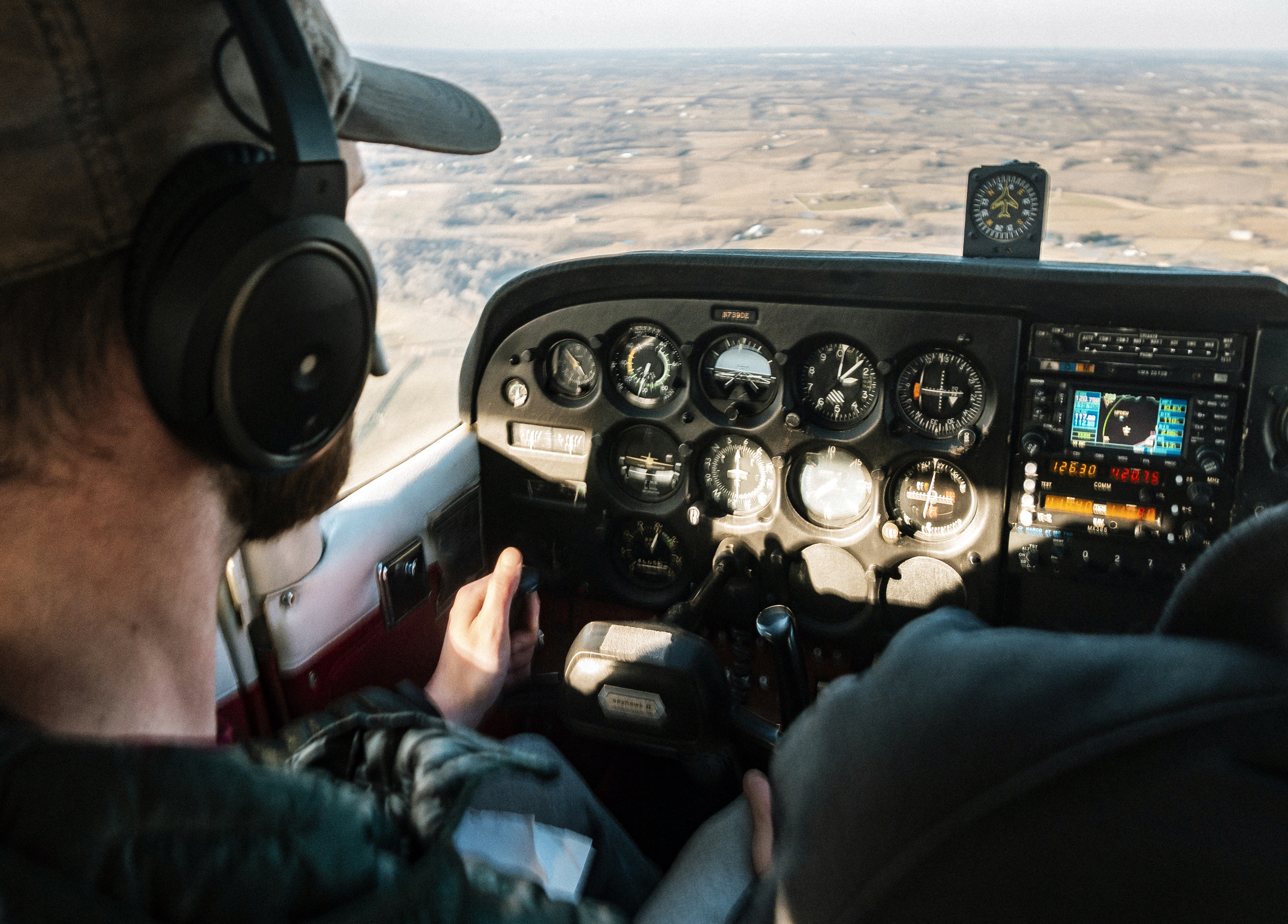
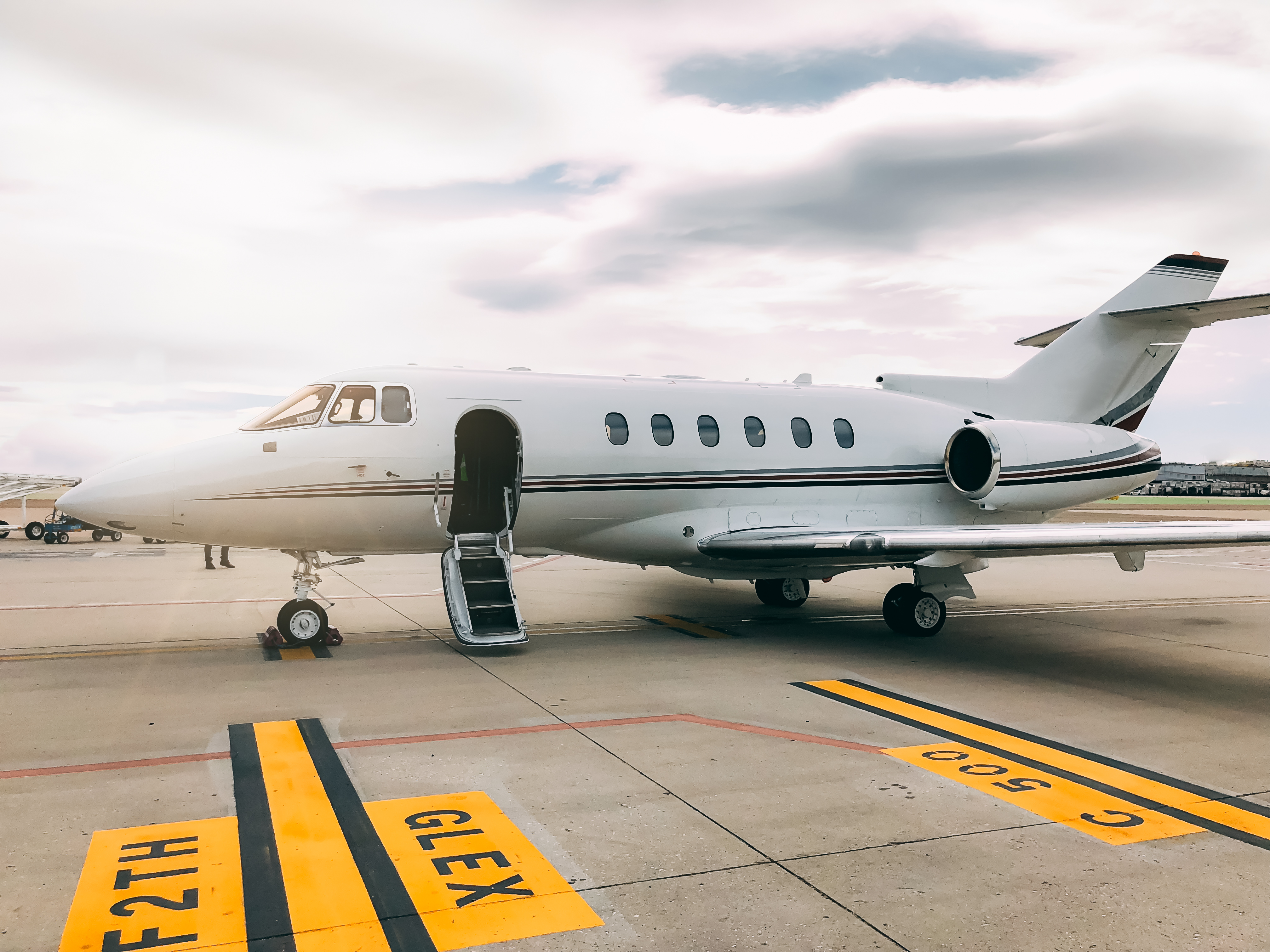

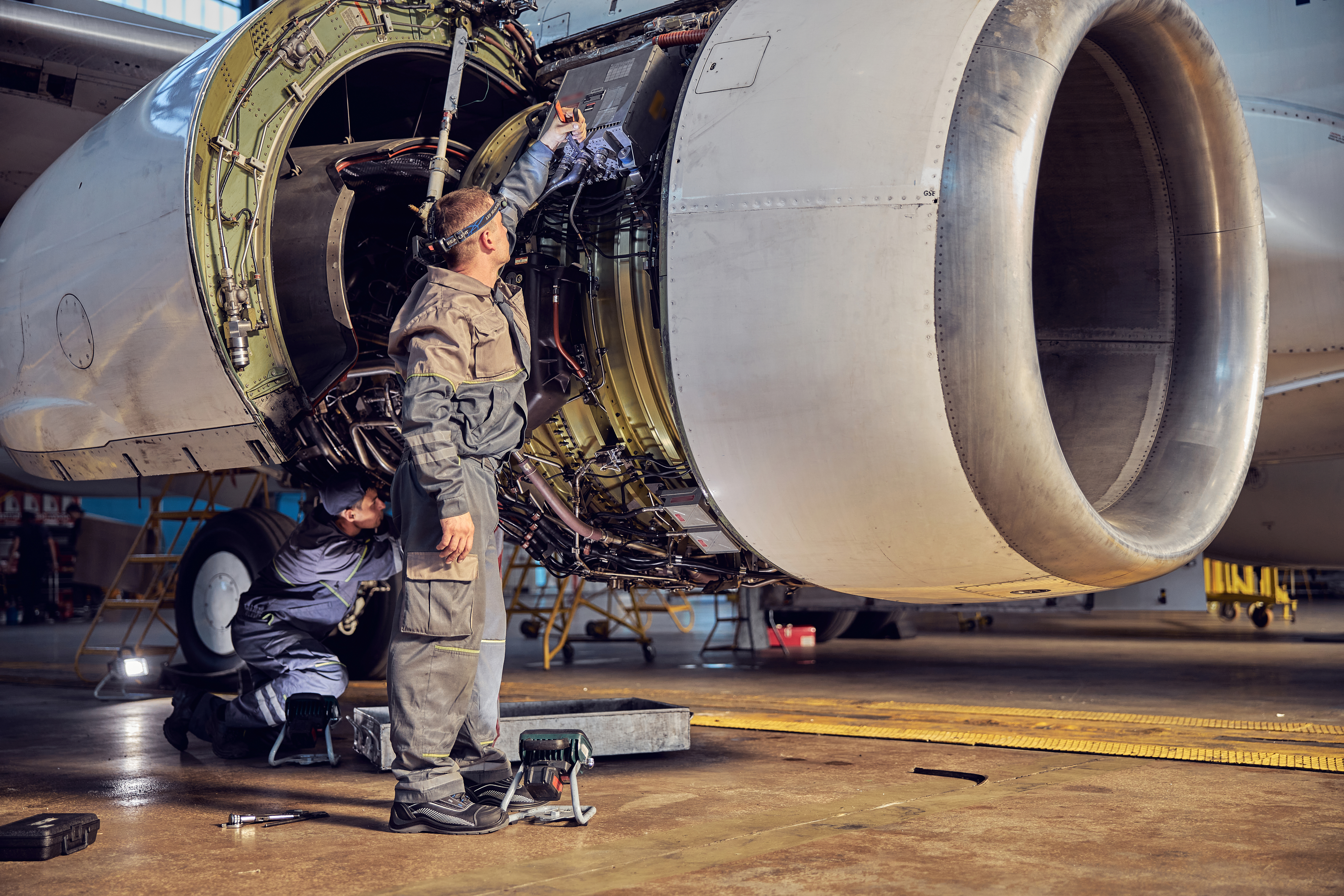

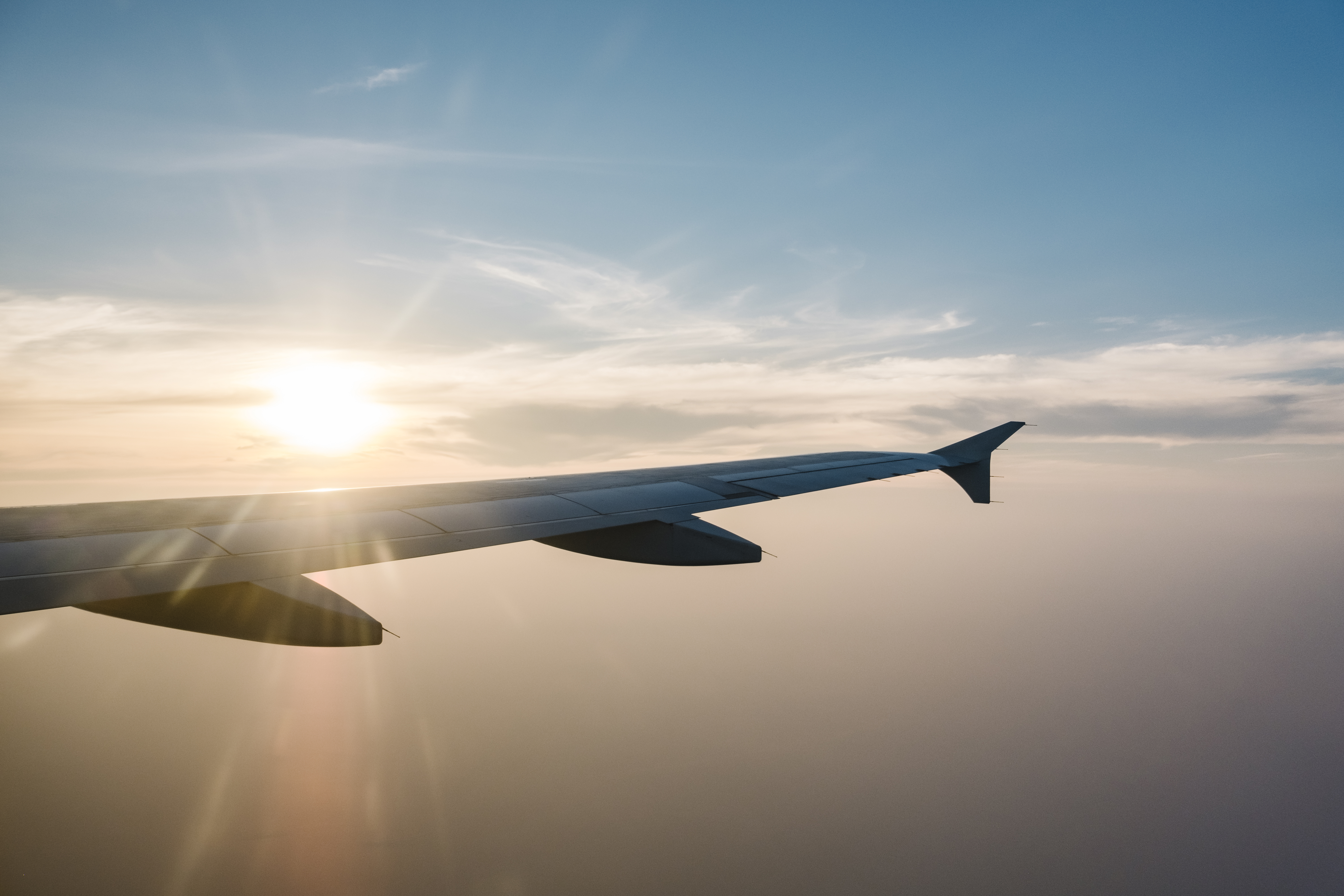


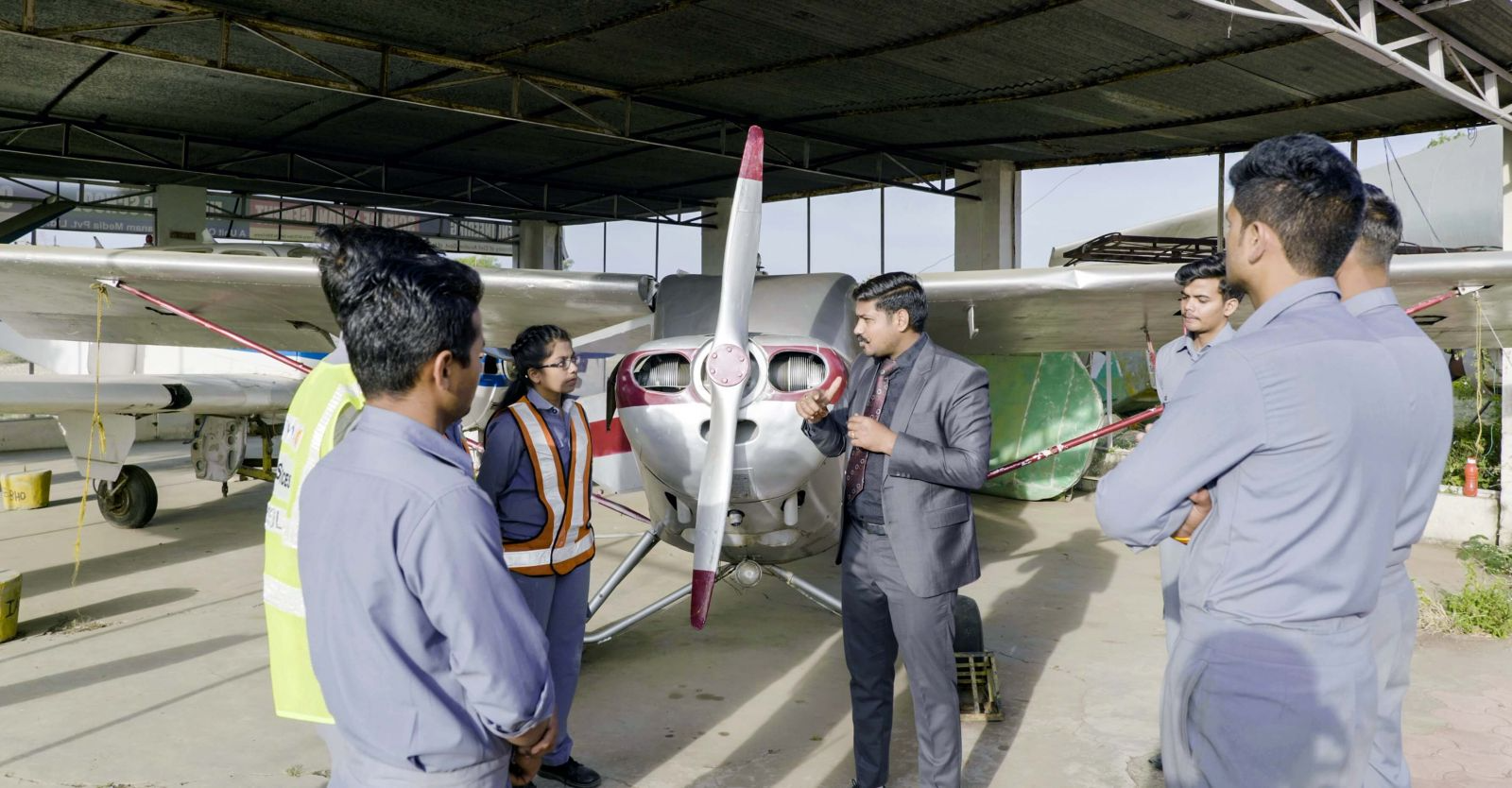
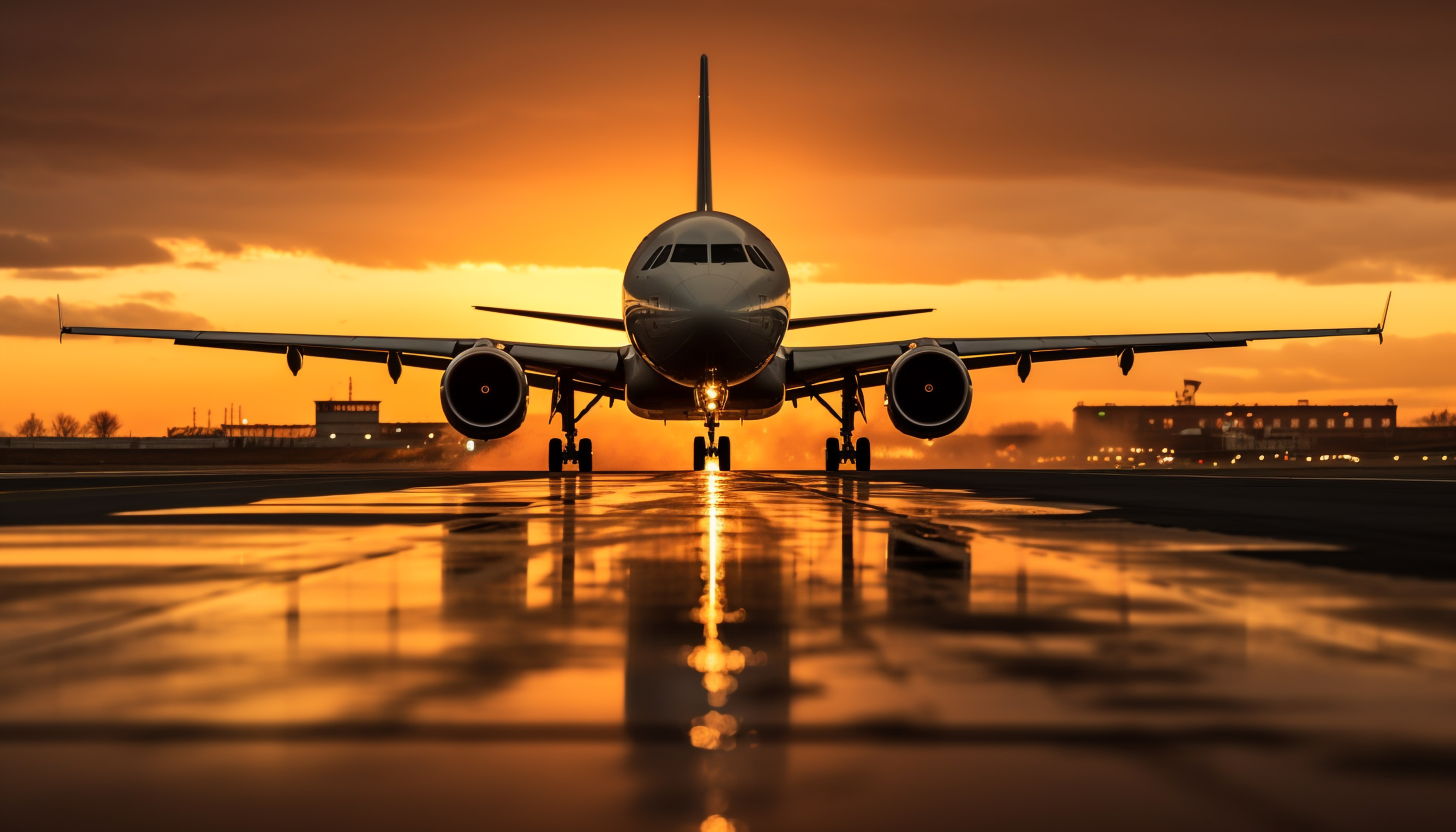
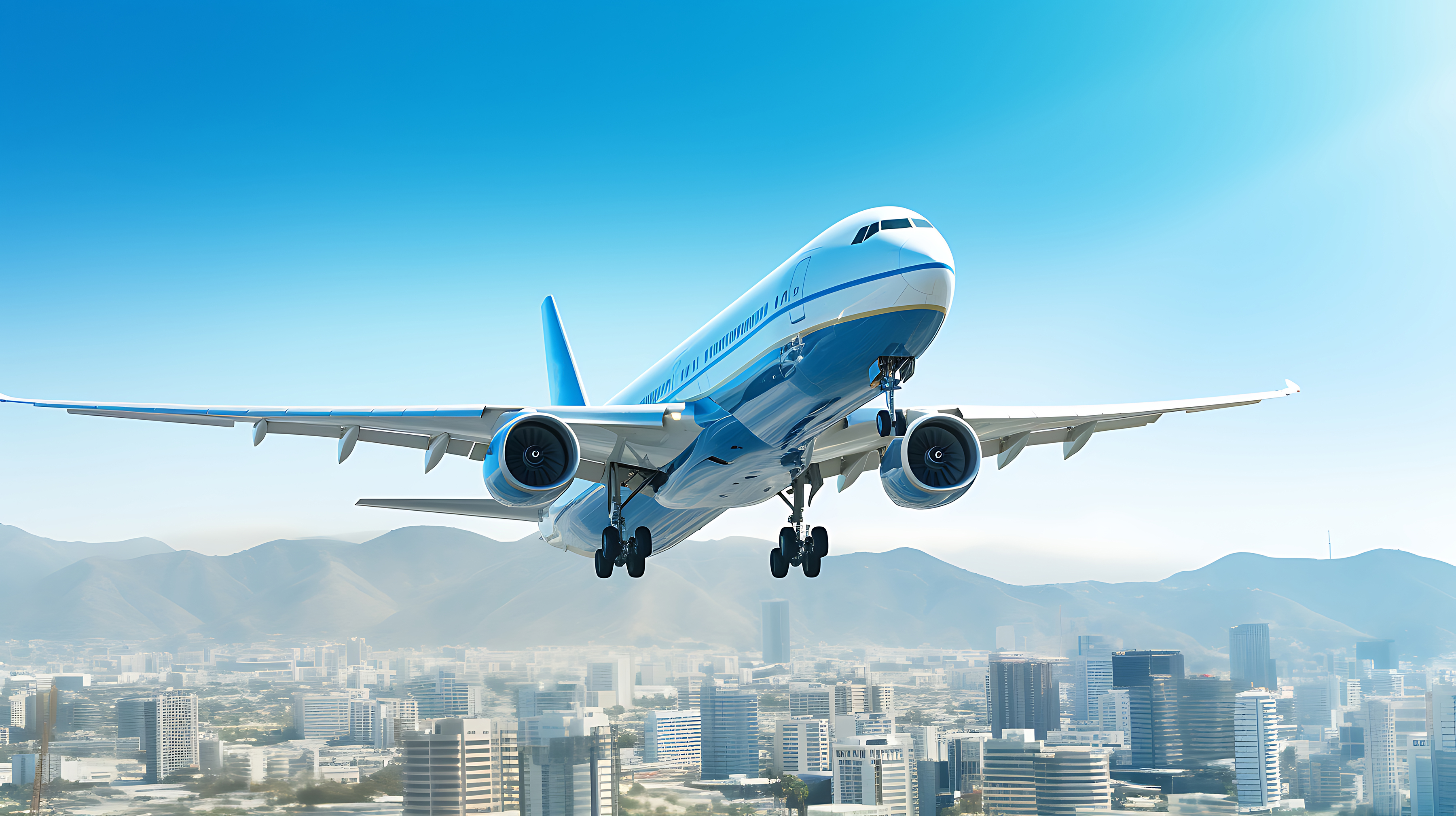

Apply Now